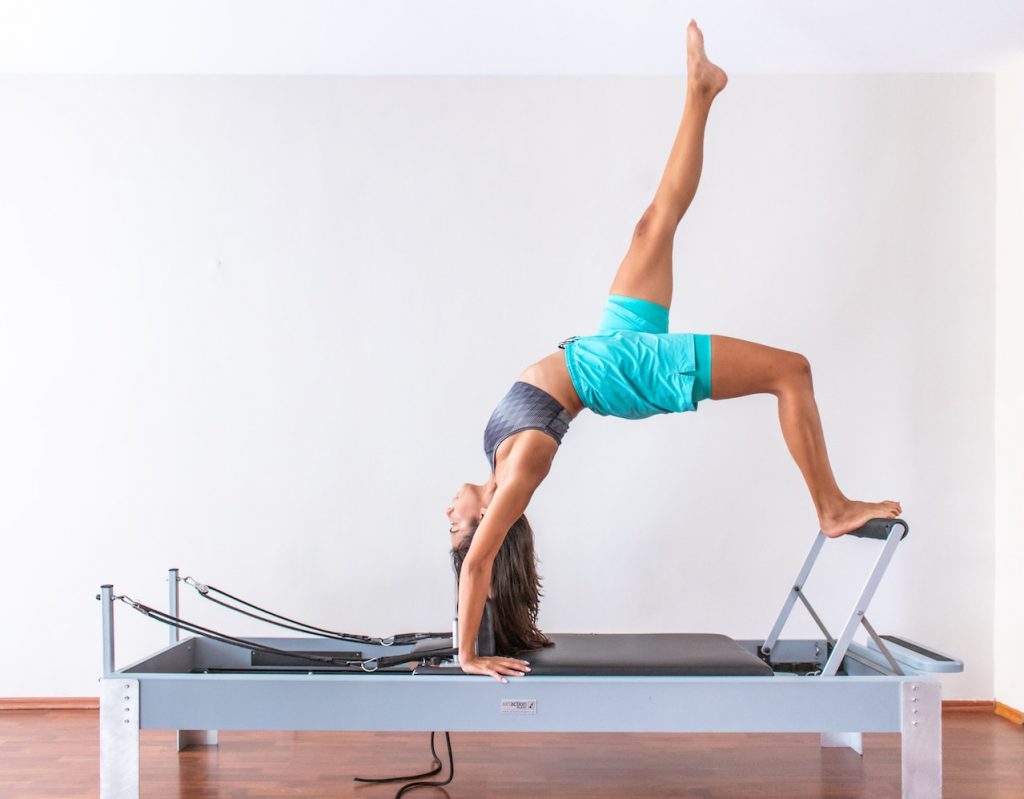
I’ve been away for quite some time because of personal reasons, but I’m glad to be back and ready to share my knowledge and insights with you all. During my time away, I’ve continued to pursue my interests in fitness, health, and wellness, and I have even gained new experiences and perspectives that I’m excited to share.
If you’re interested in attending your first Pilates, there are several things you should know to ensure you’re prepared and have a positive experience. As a fitness enthusiast who has tried Pilates before, I can offer insights into what you can expect during your first class.
Invest in Comfort
When it comes to gear, it’s important to choose comfortable, stretchy clothing that allows for a full range of motion. Note that doing Pilates can be quite warm temperature-wise due to the current weather so wear something appropriate. Tight-fitting clothes like leggings or yoga pants are ideal.
While most Pilates studios provide equipment like mats, blocks, and straps, it’s still a good idea to bring your own water bottle, towel, and any other personal items you may need. Note that there’s no need to wear shoes during Pilates but grip socks are ideal for safety purposes.
Mats are Best for Beginners
I find classes labelled “classic mat” to be a good starting point. They cover the fundamentals and follow an order that helps me become quickly familiar with every move. In mat sessions, we perform exercises on a thicker mat compared to a standard yoga mat to cushion pressure points.
In contrast, there are the reformer classes that use a machine with a sliding platform, stationary foot bar, springs, and pulleys that provide resistance.
Arrive Early
I suggest arriving early to let the instructor know it’s your first time using the equipment. This way, they can provide a quick tour and offer guidance. While some studios offer one-on-one instruction on the reformer, they can be quite expensive.
Do Not Ignore the Warm-up
Pilates classes typically begin with a warm-up consisting of gentle stretches to prepare your body for more challenging exercises. After the warm-up, you’ll move on to a series of exercises that target different muscle groups, including the core, legs, arms, and back.
Pilates exercises can be performed using bodyweight or equipment like Pilates balls or resistance bands. For beginners, however, a mat is often enough. A cool-down is also encouraged.
Prioritise Proper Breathing
Breathing techniques are an essential part of Pilates, and your instructor will guide you through specific breathing exercises that help engage your core muscles and maintain proper form. One common breathing technique is “rib cage breathing,” which involves inhaling deeply, expanding the rib cage, and exhaling slowly while contracting the core muscles.
Once proper breathing becomes second nature, all other benefits can follow. The benefits of Pilates are numerous, including improved posture, reduced back pain, increased flexibility, and enhanced overall body awareness. Pilates exercises can also help build lean muscle mass, improve balance and coordination, and reduce stress levels.
Communicate Your Issues
To ensure a successful first Pilates class, it’s important to listen to your body and take breaks as needed. It’s also crucial to communicate with your instructor and let them know about any injuries or concerns you may have.
Don’t try to be the hero and let them know if something is wrong. I generally like to introduce myself to the instructor and inform them of any health issues or injuries I have.
Drink Lots of Water
I learned quickly that staying hydrated is crucial, especially if I wanted to last the whole session. Bringing a water bottle and drinking regularly throughout the session is the key to maintaining proper form and getting the most out of the exercises.
Pilates workouts can be challenging, and it’s easy to sweat buckets in just a few minutes so having water on hand keeps me focused and energised. I always make sure to take small sips of water as needed and avoid drinking too much at once.
Prepare for 60 Minutes
A typical session usually lasts for an hour. To ensure a good view of the instructor, I recommend arriving 5-10 minutes early to secure a suitable spot. Try not to think too much about the time and just focus on the movement – this will help the time go faster.
In conclusion, Pilates is a challenging and rewarding form of exercise that can offer numerous benefits for your physical and mental well-being. By knowing what to expect and preparing accordingly, you can have a positive experience during your first Pilates class and continue to pursue a healthier lifestyle.

